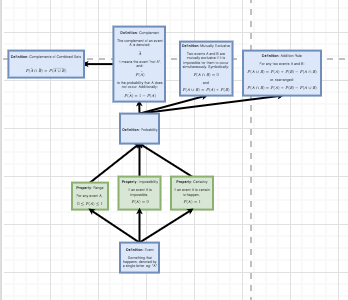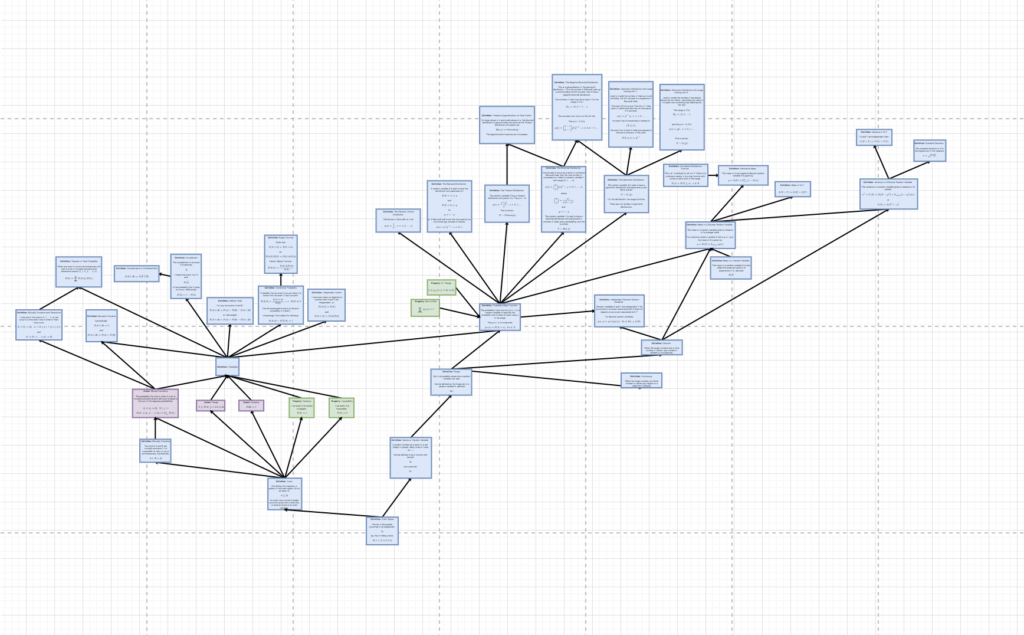After a long break from my first module, I decided to start my next module in February 2014, half-way though the academic year.
My second module was to be Statistics. I was looking forward to this, and wasn't disappointed. The module covered a lot about survey results, and how to conduct surveys effectively and make sense of the data. It also had a biology experiment thrown in there for good measure, the results of which were meant to be used in an assignment.
One of the things that really bothered me though, was their description of statistical variance. To my mind, one measure of variance would be the sum of the difference between the population mean and the sample mean, all divided by the sample count.
In fact, that's not the case. It's not divided by the sample count, it's divided by the sample count minus one. This seemed totally counter-intuitive, and apparently the full explanation was outside of the course material!!! Frustrated I scoured the web looking for an explanation... Eventually I came across a decent youtube vid. Thanks youtube!
To summarise, this video proves that sample variation  is an unbiased estimator of the population variation
is an unbiased estimator of the population variation  as shown below:
as shown below:
![Rendered by QuickLaTeX.com \[<span class="ql-right-eqno"> </span><span class="ql-left-eqno"> </span><img src="http://adrianbell.me/wp-content/ql-cache/quicklatex.com-8309d8e21d5c74b4a21588f648103d5a_l3.png" height="45" width="261" class="ql-img-displayed-equation quicklatex-auto-format" alt="\begin{align*} E(s^2) =& E \left( \frac{ \sum_{i=1}^n( x_i - \bar{x} )^2 }{n-1}\right) = \sigma^2 \end{align*}" title="Rendered by QuickLaTeX.com"/>\]](http://adrianbell.me/wp-content/ql-cache/quicklatex.com-469cce9d1ef18c6116a570b2dd04dda7_l3.png)
See that pesky " " divisor? Check out the full explanation here.
" divisor? Check out the full explanation here.
So after my study starting in February and ending in September, I felt I'd had a decent introduction to statistics.
Although, something that does surprise me is that looking ahead at my possible future module choices... statistics doesn't really crop up again for the rest of my maths degree. With the growing importance of statistics in modern society (let alone mathematics itself!) I would have expected a lot more of those modules on offer. Having said that, there is a separate BSc (hons) Mathematics and Statistics that the OU offers, but this appears to almost be purely statistics and doesn't give much variety. -certainly wouldn't be good for me.
In fact, there are only two real interesting modules on this Maths and Stats degree course, one of which is the final year module "Mathematical Statistics" (M347) that introduces Markov Chain Monte Carlo, which is an area of interest. I suppose after my ten-year degree, if I'm still desperate for more, I can sign up for it as a stand-alone module. 🙂
![]()
![]()



